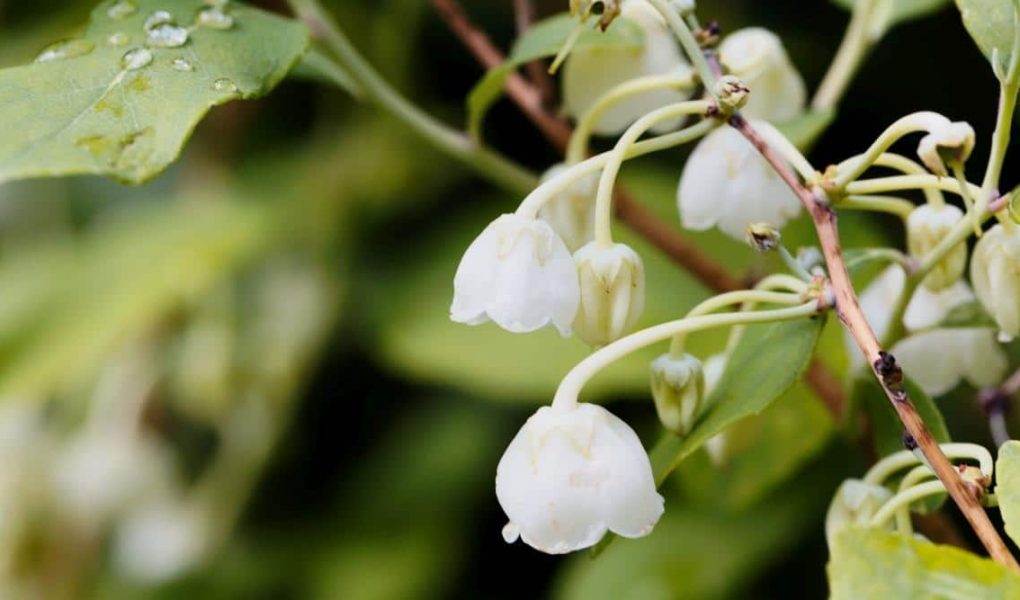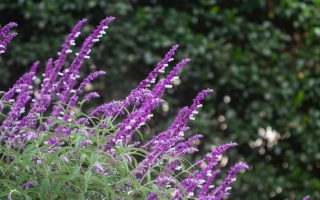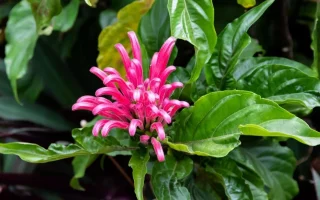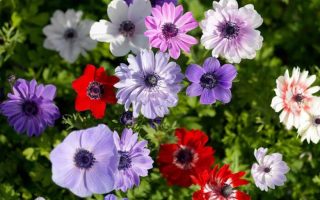marwaarsanios.info – The Honeycup flower (Turk’s Cap Lily, Lilium superbum), known for its striking beauty and unique form, is a delightful addition to gardens. With its vibrant, trumpet-shaped blooms and a history that dates back to North American landscapes, the Honeycup flower is cherished for both its ornamental appeal and its role in supporting local ecosystems. In this article, we will explore the characteristics, growing conditions, and benefits of cultivating the Honeycup flower in your garden.
Characteristics of the Honeycup Flower
The Honeycup flower is an elegant perennial known for its large, upward-facing flowers that resemble the shape of a cup or trumpet. The blooms are typically orange to yellow in color, sometimes featuring darker spots or markings, adding to their beauty and vibrancy. Each flower has six petal-like tepals that curl backward, creating an open, star-shaped bloom. These flowers are fragrant and tend to attract pollinators, particularly hummingbirds and bees, due to their bright color and nectar-rich structure.
The Honeycup flower is part of the Lilium family, and as a tall-growing plant, it can reach heights of 4 to 6 feet. Its flowers appear in late summer, typically in July to August, and bloom in clusters along tall stems. The foliage consists of narrow, lance-shaped leaves that grow in whorls around the stem, contributing to the plant’s graceful appearance.
The plant is also known for its sturdy structure, and its ability to thrive in a range of growing conditions makes it an attractive option for gardeners seeking a showy, hardy flower.
Ideal Growing Conditions
While the Honeycup flower is relatively easy to grow, it does have some specific needs to thrive and bloom to its full potential. Here are the essential factors to ensure successful cultivation:
- Sunlight: Honeycup flowers prefer full sun to partial shade. They thrive in areas that receive at least 6 hours of direct sunlight each day. However, they can tolerate some afternoon shade, especially in warmer climates.
- Soil: Well-drained, rich soil is essential for the Honeycup flower. The plant prefers loamy or sandy soil that retains some moisture but does not stay soggy. Soil with a slightly acidic to neutral pH is ideal.
- Watering: Consistent watering is crucial during the growing season, particularly when the flower is establishing roots and during the blooming period. Ensure that the soil stays evenly moist but avoid overwatering, as this can lead to root rot.
- Temperature: The Honeycup flower is hardy in USDA zones 4 to 9. It thrives in temperate climates with cool to moderate summer temperatures. While it can tolerate some frost, it is best grown in areas with mild winters to ensure its longevity.
- Fertilizing: Honeycup flowers benefit from periodic feeding with a balanced, slow-release fertilizer. Apply fertilizer in the spring as the plant begins to grow and again after flowering to support continued health and future blooms.
Benefits of Growing Honeycup Flowers
There are numerous reasons to incorporate Honeycup flowers into your garden, from their striking beauty to their ecological benefits. Here are some of the key advantages of growing Honeycup flowers:
- Attracts Pollinators: Honeycup flowers are particularly attractive to hummingbirds and bees, which are drawn to the nectar-rich blooms. Planting Honeycup flowers in your garden helps support pollinator populations, which are vital for maintaining healthy ecosystems and gardens.
- Stunning Blooms: The large, trumpet-shaped flowers of the Honeycup are a stunning addition to any garden. Their vibrant colors and unique shape make them an eye-catching focal point, particularly when planted in clusters.
- Low Maintenance: Once established, Honeycup flowers are relatively low maintenance. They are resistant to many common pests and diseases and are relatively drought-tolerant once their roots are well-developed. This makes them an excellent choice for gardeners seeking a beautiful but easy-to-care-for plant.
- Versatile Landscaping: Due to their tall, upright growth habit, Honeycup flowers are perfect for creating vertical interest in the garden. They work well in borders, along fences, or in the back of flower beds where they can be appreciated from a distance.
- Ecological Value: In addition to attracting pollinators, Honeycup flowers support local ecosystems by providing habitat and food sources for various species. By growing these flowers in your garden, you are helping to sustain wildlife and promote biodiversity.
Creative Garden Uses
The Honeycup flower’s striking appearance and pollinator-friendly nature make it a versatile addition to many different types of garden designs. Here are some creative ways to incorporate Honeycup flowers into your landscape:
- Mixed Flower Borders: Honeycup flowers can be planted in the back of a mixed flower border, where their tall stems and large blooms will add height and drama. Pair them with other late-blooming perennials such as asters, coneflowers, or black-eyed Susans for a colorful, vibrant display.
- Wildlife Gardens: Since Honeycup flowers attract hummingbirds and bees, they are perfect for wildlife or pollinator gardens. Planting them in areas with other nectar-rich plants will create a haven for pollinators and other beneficial insects.
- Cut Flowers: The Honeycup flower’s large, showy blooms make it an excellent choice for cut flowers. They can be used in floral arrangements to add color and height to bouquets. Their strong stems also make them ideal for long-lasting displays.
- Naturalized Gardens: Honeycup flowers are perfect for creating naturalized or informal garden designs. Their height and elegant appearance can be complemented by planting in wildflower meadows, along woodland edges, or in cottage-style gardens.
- Container Gardens: In regions with colder winters, Honeycup flowers can be grown in containers and brought indoors during the winter months. This allows gardeners in cooler climates to enjoy the beauty of this flower year-round.
Conclusion
The Honeycup flower is a striking and versatile plant that offers both aesthetic appeal and ecological benefits. Its tall, trumpet-shaped blooms and vibrant colors make it a wonderful addition to any garden, while its ability to attract pollinators supports local ecosystems. Whether planted in borders, wildlife gardens, or as a focal point in the landscape, the Honeycup flower is sure to enhance any outdoor space with its beauty and charm. With its relatively low maintenance needs and impressive blooms, the Honeycup is a plant that will continue to delight gardeners and wildlife alike for many seasons.




